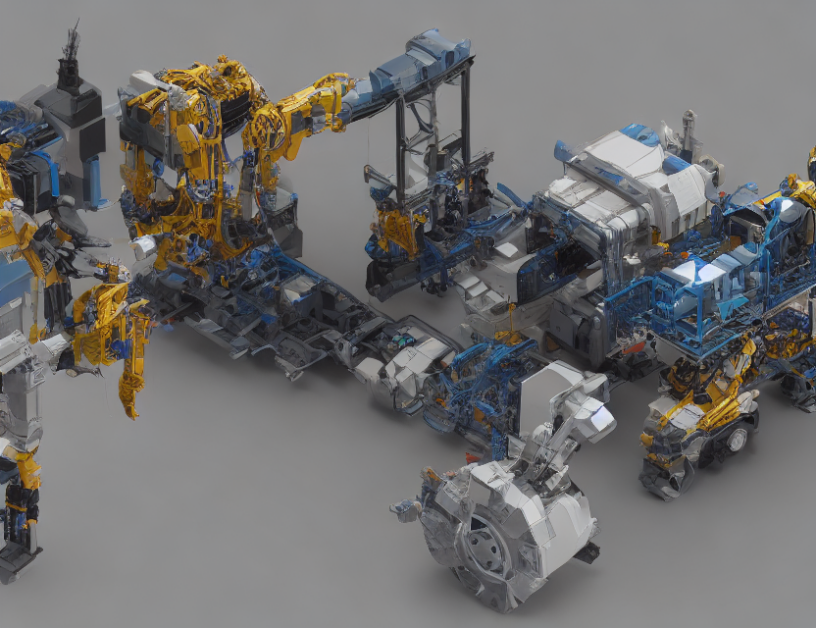Transformer models have revolutionized the field of natural language processing, and their success can be attributed to the attention mechanism. However, understanding how this mechanism works can be challenging, even for experienced researchers. In this article, we demystify attention mechanisms in transformers by providing a clear and concise explanation, targeted at an average adult’s comprehension level. We will use everyday language and engaging metaphors to help you grasp complex concepts without oversimplifying them.
What is Attention?
Imagine you are watching a movie with a friend. You both are trying to understand the plot, but you keep getting distracted by different elements of the scene. One way to address this issue is to share your attention – focusing on specific parts of the screen and explaining what they mean. Similarly, attention mechanisms in transformers help the model focus on relevant parts of the input data when generating output.
Attention vs. Regularization
In traditional neural networks, each layer processes the entire input. However, this can lead to overfitting, especially when dealing with long sequences. Attention mechanisms introduce a new way of processing input data – instead of treating every element equally, the model learns to weigh their importance based on the context. This is similar to how a teacher might assign more weightage to certain students’ answers in a classroom discussion, depending on their level of understanding or the topic being discussed.
Raw Attention vs. Max-Layer Aggregation
Now, you might be wondering why we need multiple attention mechanisms. Raw attention methods, such as the one proposed in [17], compute the mean or sum of all attention weights across layers and heads. However, this can lead to some issues – for example, if a particular layer has more relevant information than others, the model might ignore it by averaging out its attention weights. To address this, max-layer aggregation methods, such as the one proposed in [13], filter out the maximum attention weights across all layers and heads before computing the final attention map. This ensures that the most important information is given more weightage during the computation.
Explainability Metrics
Now that we have a better understanding of attention mechanisms, it’s essential to evaluate how well these methods work in practice. In [17], the authors propose several explainability metrics, such as saliency maps and attention visualization. Saliency maps provide a visual representation of the importance of each element in the input data, while attention visualization helps understand how the model weights different parts of the input. These metrics can help identify biases or errors in the attention mechanism and improve its overall performance.
Conclusion
In conclusion, attention mechanisms in transformers are a crucial component that helps the model focus on relevant parts of the input data. While raw attention methods provide a simple way to compute attention weights, max-layer aggregation methods can help ensure that important information is given more weightage. By understanding these mechanisms and evaluating their performance using explainability metrics, we can improve the transparency and trustworthiness of transformer models in various applications, such as natural language processing, image captioning, and machine translation.



